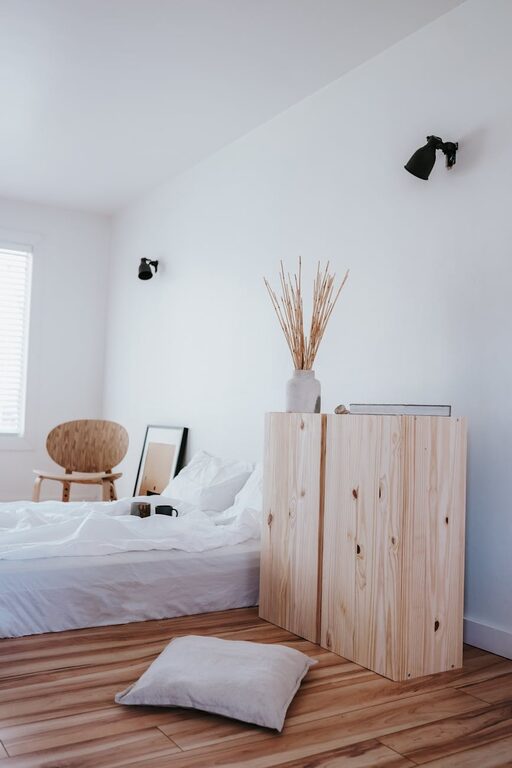
Creating a serene and peaceful environment at home often starts with the colors you choose for your walls and decor. Calm colors can transform your living space into a restful retreat, helping you unwind after a busy day. But with so many options available, selecting the right soothing shades can feel overwhelming. In this blog post, we will explore useful tips to help you choose calm colors for your home that enhance tranquility and comfort.
Why Choose Calm Colors?
Colors influence mood and atmosphere. Calm colors, often soft and muted tones, can reduce stress and create a balanced ambiance. These shades encourage relaxation, focus, and overall wellbeing, making them ideal for bedrooms, living rooms, and any space meant for rest.
Understand Color Psychology Basics
Before choosing your calm palette, it’s helpful to understand how certain colors affect emotions:
– Blues: Often associated with calm, peace, and stability. Light blues can feel refreshing, like a clear sky.
– Greens: Symbolizing nature and renewal, greens can be restorative and soothing.
– Neutrals: Soft whites, beiges, and grays provide a clean, understated backdrop that doesn’t overwhelm the senses.
– Lavenders and Mauves: These subtle purples offer tranquility with a touch of warmth.
– Pastels: Light pinks, yellows, or peaches can add gentle color without being too stimulating.
Tips for Choosing Calm Colors for Your Home
1. Start with Natural Inspiration
Nature is an excellent guide for calm colors. Think of soft green leaves, gentle ocean blues, or warm sandy tones. Using hues inspired by nature helps create a grounded and harmonious setting.
2. Consider the Room’s Purpose
Each room has a unique function, and this should influence your color choice:
– Bedrooms: Opt for soft blues, muted greens, or gentle neutrals to encourage rest.
– Living Rooms: Warm neutrals or soft earthy tones can create a welcoming atmosphere.
– Home Offices: Light blues or muted greens can improve focus without causing distraction.
– Bathrooms: Light blues or seafoam greens evoke cleanliness and calm.
3. Test Colors in Different Lighting
How color looks changes throughout the day as natural and artificial light varies. Always try paint samples on your wall sections and observe them in morning, afternoon, and evening light to see how the hue shifts.
4. Use Different Shades and Textures
Calm doesn’t mean boring. Mix various shades of the same color or combine complementary neutral tones to add dimension. Textures like matte paint, soft fabrics, or wood finishes can enhance the calming effect.
5. Pay Attention to Undertones
Colors have undertones—warm (yellow, red) or cool (blue, green). Despite appearing neutral, choosing a cool or warm undertone affects the room’s mood. For calmness, cooler undertones are typically preferred but adjust according to your lighting and personal preference.
6. Limit High-Contrast Colors
Too much contrast can make a space feel busy or tense. Balance bold or vibrant colors with softer tones, or restrict impactful hues to small accent pieces like pillows or artwork.
7. Create Color Flow
For open-plan homes or spaces with connected rooms, select colors that flow well together. Harmonious color transitions prevent visual disruption and maintain calm throughout your home.
Popular Calm Color Palettes to Explore
Here are some tried-and-true combinations that many homeowners find peaceful:
– Soft Blue and White: Crisp and clean with a relaxing vibe.
– Sage Green and Cream: Earthy and warm, perfect for cozy spaces.
– Muted Lavender and Gray: Elegant and soothing.
– Warm Beiges and Taupes: Neutral and inviting.
– Pale Peach and Light Gray: Subtle warmth with a modern edge.
Final Thoughts
Choosing calm colors for your home is a wonderful way to foster tranquility and comfort in your daily life. By understanding color psychology, considering your space’s needs, and testing shades carefully, you can create a soothing atmosphere tailored to your personal style. Remember, your home is your sanctuary, so pick colors that make you feel peaceful and happy.
—
If you found these tips helpful, feel free to share your favorite calm color combinations or decorating ideas in the comments!
